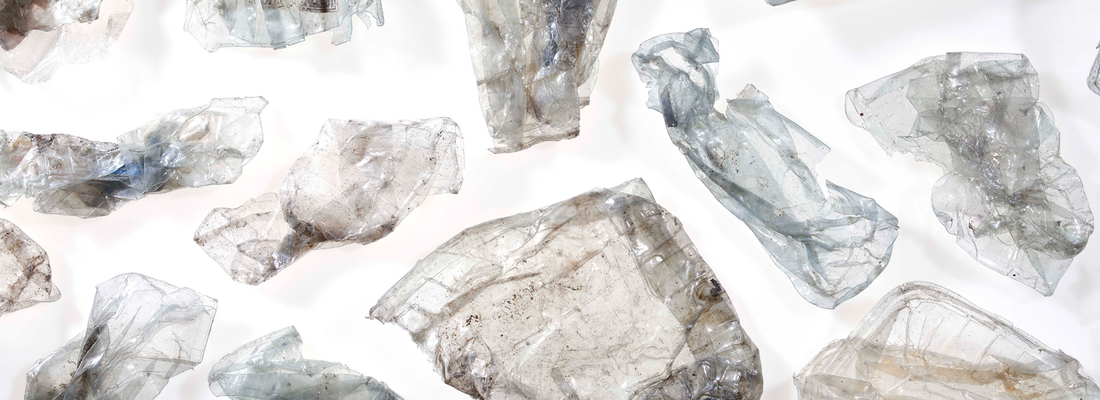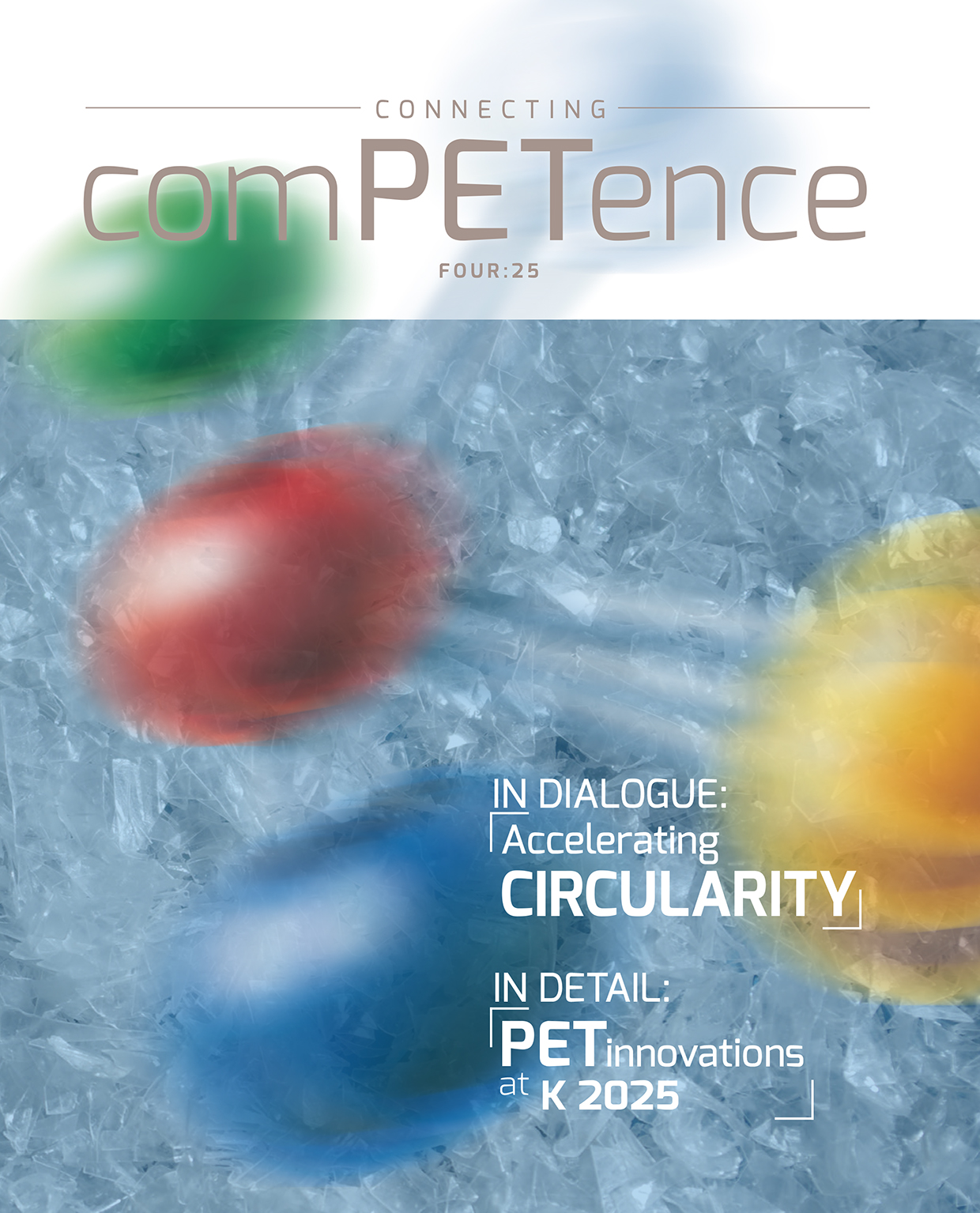Unlike bottle-to-bottle recycling, the PET tray stream has historically been underutilized; trays were rarely collected or recycled prior to the early 2020s. When recycled content was used in trays, it typically came from bottles, raising concerns about diverting valuable feedstock away from closed-loop bottle systems. This historical oversight has led to a significant environmental burden: while approximately 1 million tons of PET trays are introduced to the European Union market each year, a staggering 70% of this valuable material is lost, with only around 300,000 tons currently collected for recycling. This represents a critical missed opportunity for circularity and highlights the urgent need for improved collection and recycling infrastructure.
Fortunately, tray-to-tray recycling has recently gained traction as an emerging solution within the broader effort to improve plastic packaging circularity. This shift is largely driven by recent changes in EU legislation, including the Single-Use Plastics Directive (SUPD) and the ambitious Packaging and Packaging Waste Regulation (PPWR). These regulations have not only increased the required recycled content thresholds in beverage bottles, but are also setting targets for packaging beyond bottles, prompting tray manufacturers to seek new, dedicated sources of recycled PET.
Addressing the barriers to tray circularity
Despite its potential, tray-to-tray recycling presents several challenges today. PET trays often feature complex designs, including multilayer structures, inks, adhesives and labels, which complicate sorting and decontamination. Unlike bottles, trays tend to be less standardized in shape and composition, making automated identification and separation more difficult. Contamination – such as food residues or embedded foreign materials – can further hinder sorting precision, especially once trays are compressed into bales.
Collection infrastructure remains a major bottleneck. While PET bottles benefit from well-established deposit return systems and high collection rates, trays are often collected with mixed packaging or not at all. Furthermore, the technology for sorting PET trays into a separate, dedicated fraction is not yet a standard practice, unlike with bottles. This often results in collected trays being lost within the mixed PET fraction or the general residue stream. This inconsistent feedstock quality and limited availability significantly increase the cost and complexity of producing food-grade recycled PET from trays.
Advancing tray-to-tray recycling through cutting-edge technology
The industry is responding to the complexities of tray-to-tray recycling with increasingly sophisticated innovations. Advanced sensor-based sorting systems now play a central role in enabling high-quality recovery of PET trays. Traditional NIR systems like TOMRA’s multifunctional AUTOSORT™, for instance, are able to differentiate between mono-layer and multi-layer PET trays. This distinction is vital because only mono-layer trays are suitable for high-quality, closed-loop recycling.
Some of the most significant developments are taking place at the flake level, where sorting technologies are deployed to target a broad range of contaminants. Equipped with multi-sensor configurations, these machines can simultaneously detect flakes by polymer type, color, transparency and material aging. This level of precision is essential for removing substances such as PVC, metals, and opaque particles.
Once trays are shredded into flakes, TOMRA’s INNOSORT™ FLAKE system uses fast, intelligent sorting to accurately separate materials based on polymer type, color and transparency. Its high-speed capabilities efficiently remove common contaminants such as opaque PET, PVC, PC andother unwanted particles, minimizing material loss while laying the groundwork for an ultra-clean output.







